As a Korean who grew up in Seoul for 16 years, I’m excited to share the beautiful tradition of Korean nail stain!

If you’re a fan of henna or are looking for a natural alternative to nail polish, Korean nail stain is an excellent option for you.
When I was a kid, I’d walk to the corner bodega during the humid summer months and buy a sachet of garden balsam nail stain for $1.
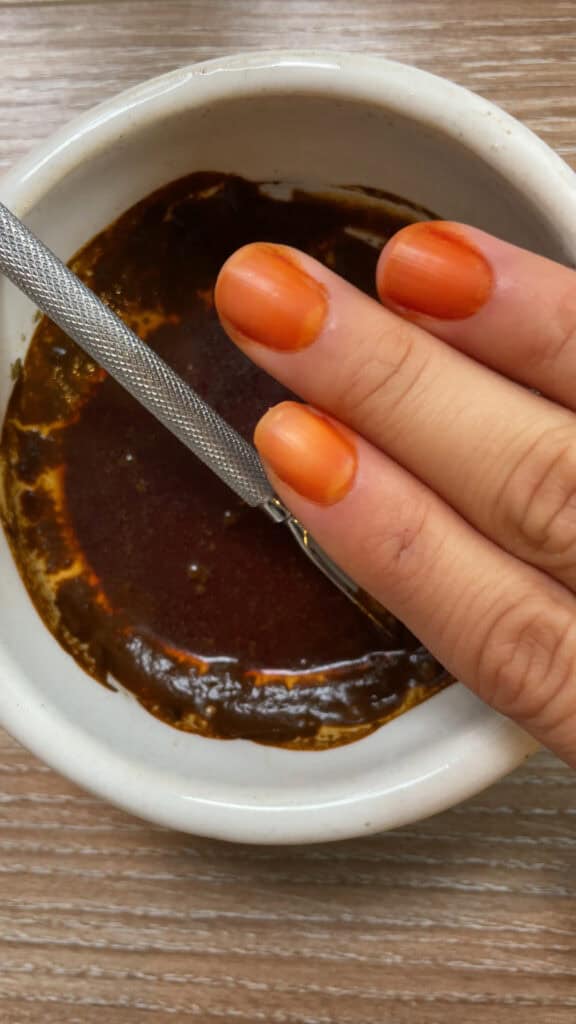
Although it didn’t make sense to get my kiddy nails done at the salon, balsam nail dyeing was one way that I could play adult.
Of course, I had to flicker my bright orange nails with pride at the playground afterward.
With that, let’s dive into Korean nail stain (봉숭아 물들이기)!
Korean Culture | What’s the cultural significance of Korean nail stain?
Finding your true love
Traditionally, Korean girls would dye their nails during the summer months. It was said that if you still have the orange-red hue left in your fingertips by the first snow, that you’d find your first love.
Personally, I never experienced this 🤣
Fending off evil spirits
Historically, boys would also get their fingers dyed because it was believed that balsam (Impatiens balsamina) would fend off evil spirits and snakes. For that reason, balsam was also planted along the perimeter of houses.
History | When did the tradition of balsam nail dyeing start?

Balsam nail dyeing probably originated in China during the Song Dynasty, which ruled from 960 to 1279.
Although the tradition of balsam nail dyeing actually disappeared in China, it is said that this former Chinese tradition may have been brought to Korea by the Mongolians (from the Chinese) in the late 13th Century.
After the Korean Goryeo Dynasty became a vassal state under the Mongolian Yuan Dynasty after an agreement was signed in 1259, the Mongolians started sending their princesses to marry into the Goryeo Dynasty.
Princess Jeguk was the first such Mongolian princess who became the Goryeo queen in 1274. Mongolian customs and style became prevalent during this time. It’s believed that balsam nail dyeing might have been one of those practices that was brought over.
While that’s the possible history, the earliest Korean historical records that mention Korean nail dyeing are from the late 15th century to the early 16th century.
Specifically, the oldest written record is in a Korean poem by So Se-Yang, who lived from 1486 to 1562. In addition, the oldest lyrics that mention Korean nail stain are in a song by Shin Gwanghan, who lived from 1448 to 1555.
How to get Korean Balsam Nails 💅🏼
1. Buy Korean balsam powder
Traditionally, Koreans would crush balsam flowers and leaves and mix it with alum to create Korean nail stain.
The easiest way to do it, and the way I did it growing up though, is by buying new water-activated kits. They usually come in little sauce-like packets.

If you’re in Korea, you can head over to a stationary store or Daiso to get a cheap pack.
If you’re in the US or abroad, you’ll have to hunt for some online. I see you can get a pack on eBay for $3.50.
2. Mix in a small amount of water to create a balsam paste
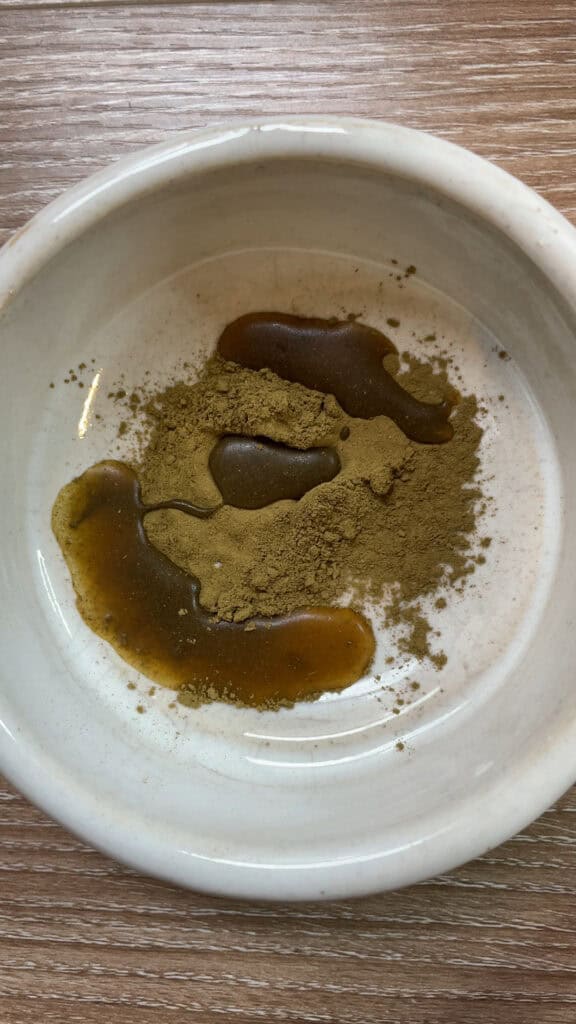
You want the consistency of the balsam paste to be grainy, so that it sticks onto your fingers easily.
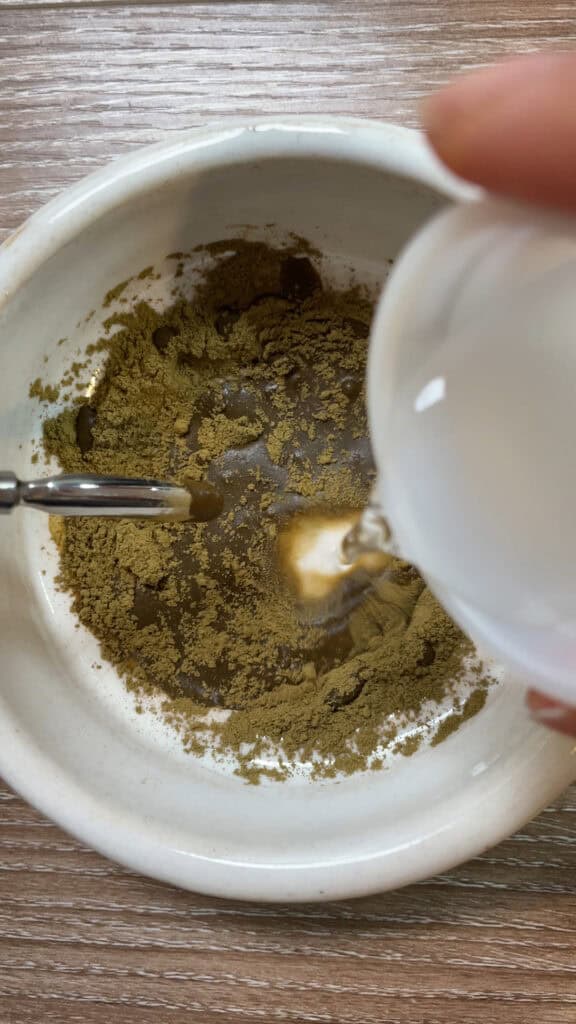
I made the mistake of adding a more water than needed. This ended up being fine, but it was just more annoying since the balsam water would run down the sides of my finger tips.
3. Apply the balsam paste onto your nails
It’s easiest to apply the balsam paste using a metal tool, like a cuticle pusher.
But a Q-tip is also totally fine!

Pro Tip: Wipe off any excess paste that gets onto your skin, since if you get your skin stained, it’ll probably take several days for the color to wear off.
4. Wait 10 to 30 min for the dye to settle in
Traditionally, Koreans would wrap up their fingers with leaves and sleep with the paste on overnight.
In our impatient modern days, I’ve never heard of someone doing that 😁
I usually just wait with the paste exposed, just like how I’d wait for my typical nail polish to dry.
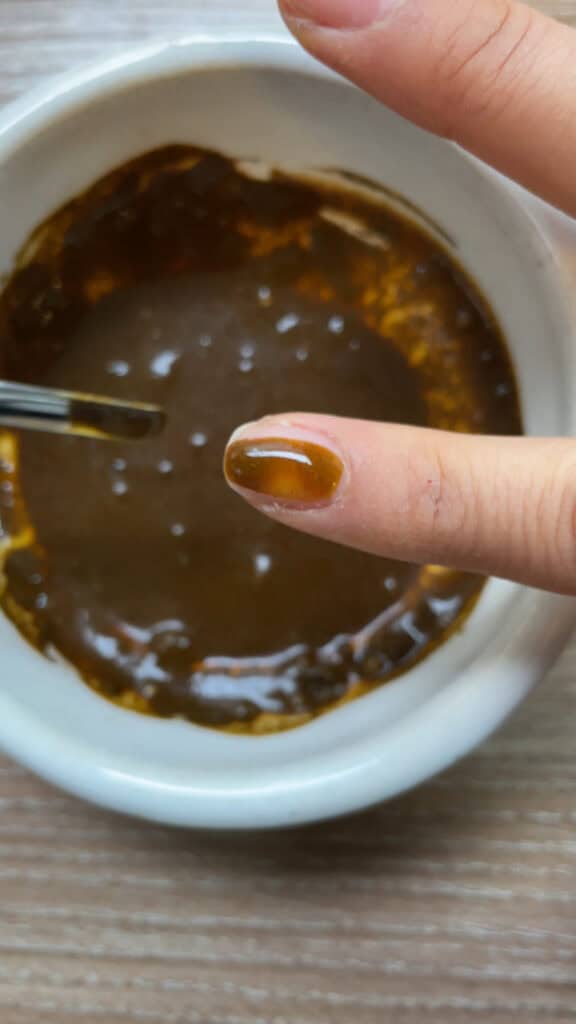
But if you need to move around a bit, you could use plastic wrap around your fingers and tie it down with some rubber band.
If you want light tangerine nails, you should wait 10 minutes.
If you want a deeper cherry hue, consider waiting up to 30 minutes.
5. Wash off the paste with water

Rinse off the paste with water and you’re good to go!
Korean Nail Stain (Conclusion)
In this article, we went over the history of Korean nail stain and how to apply it!
Korean Culture | What’s the cultural significance of Korean nail stain?
History | When did the tradition of balsam nail dyeing start?
How to get Korean Balsam Nails 💅🏼
- Buy Korean balsam powder
- Mix in a small amount of water to create a balsam paste
- Apply the balsam paste onto your nails
- Wait 10 to 30 min for the dye to settle in
- Wash off the paste with water
I hope you fine your true love this summer rainy season with the wisdom of traditional Korean beauty products!

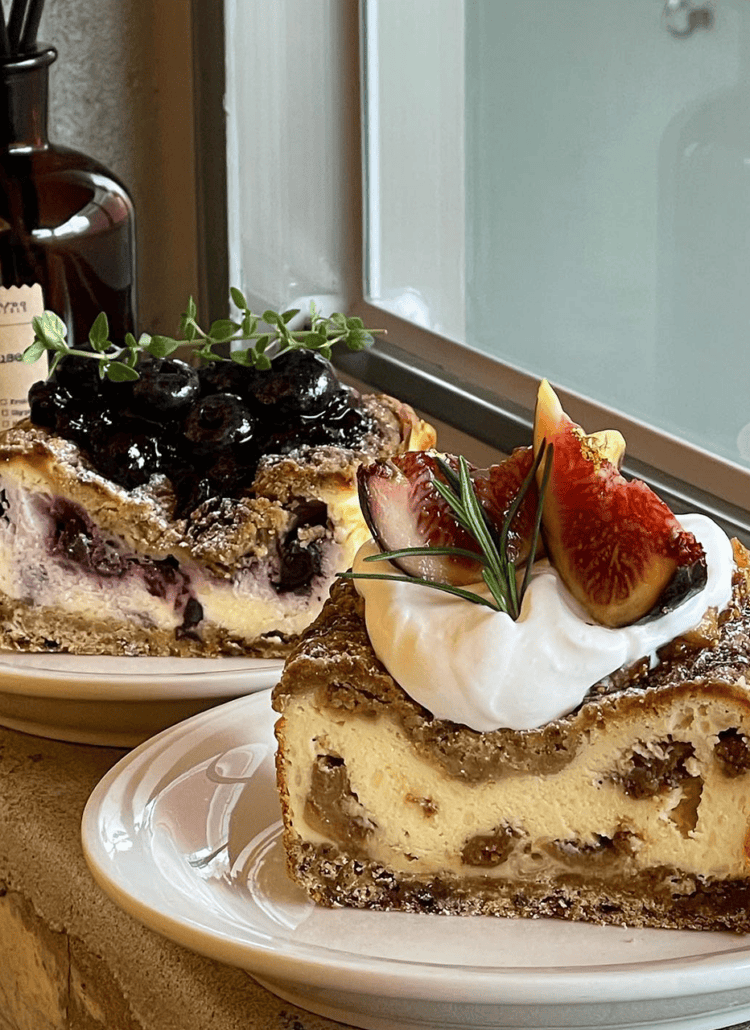
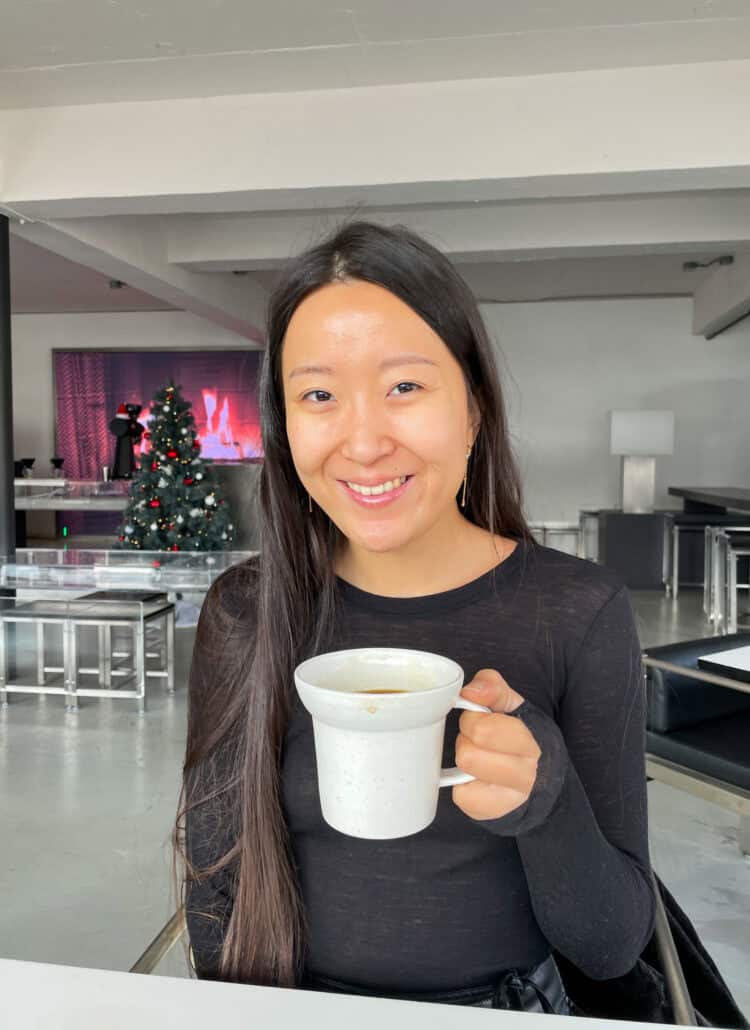

Leave a Reply